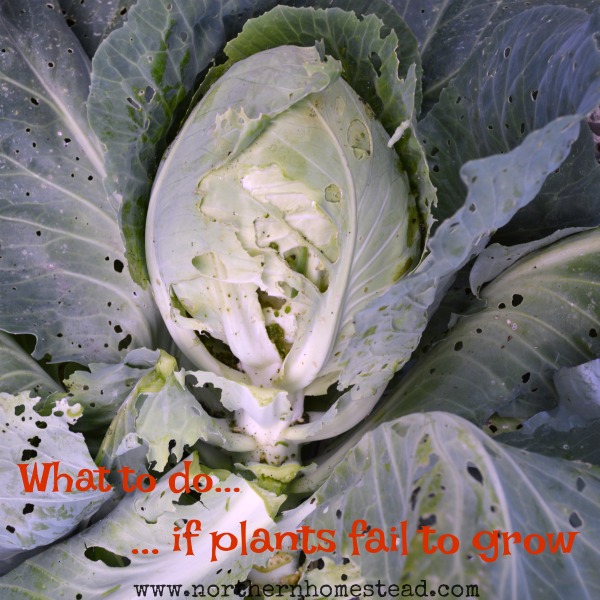
If you have been gardening for a while, you know things do not always go well. Usually, we don’t talk much about it, and that might give the impression that it does not happen to experienced gardeners. Well, it does, and here we share what to do if plants fail to grow. We have had a lot of practice with this, so if you are here and think it only happens to you rest assured that you are not alone. Hope these tips can help you on your gardening journey.
Recognize it is not all you
As a beginner gardener, you might think the growth of the garden really all depends on your doing. Well, that is not quite true.
There is a synergy effect going on in the garden, and in nature as a whole. We as gardeners do play a key role in it, we set things in motion, play the first violin so to speak. We want to do it in a way that everyone can do their best. With everyone, I mean bugs, worms, fungi, bacteria, etc. Those are the workers, you are just the leader.
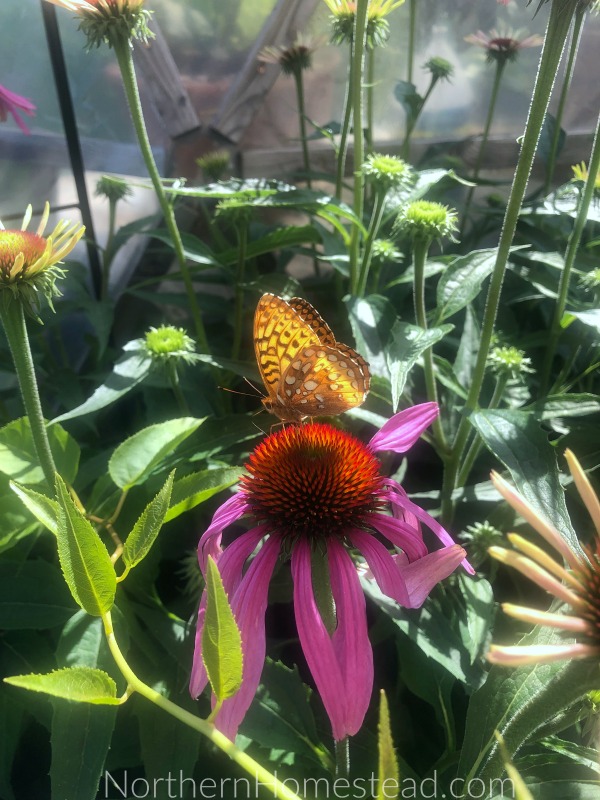
To have a healthy crew, we need to create a natural environment that encourages health and growth.
But, you might say, don’t those bugs create problems in the first place? Well, look at the first picture of the cabbage eaten by caterpillars again. The head did not form well, the caterpillars came and eat it away to turn it back into the soil. Sure, a row cover tunnel would have protected the plant from being eaten, but not from being a pure cabbage plant, to begin with.
It starts with an attitude of appreciation and gratitude toward all living. Ants, slugs, and worms are all there for a reason. Ants and worms aerate the soil. If it is compacted, hard soil, there will be more ants (that you don’t want), if the soil is loose, full of organic matter there will be more worms (that you do want). Now, you can’t blame the ants for your soil, that’s like blaming the firefighters for the fire. If there is nothing to do for them, they will leave.
The soil and soil life play the biggest role in the success or failure of a garden. To create healthy soil find a whole list of blog posts under soil preparation.
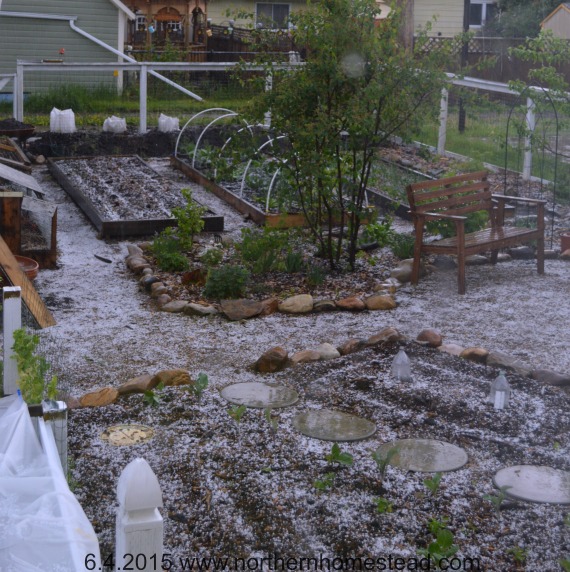
The weather is another reason things can go awry in the garden. We cover dealing with a dry spring, late or early blizzards, and gardening in the hailstorm alley, in separate articles, just follow the links.
Failure is part of the growth
Usually, a new garden takes about 3 years to balance itself out and be a productive garden. In those first years, and also later, failure is an important part, it shows us as gardeners where we need to focus on. For example, if the garden is overgrown with weeds, maybe the compost or mulch we used was of poor quality.
Also, to become a great gardener you have to start somewhere and grow your experience and knowledge. I’m quite sure that there is no child that has learned to walk without falling. And there is no gardener that has not ruined at least some plants.
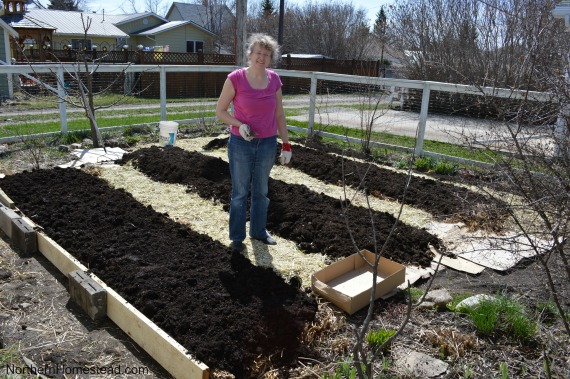
If you are afraid of failing, you will not grow. Sure, you can stay on the safe side, only doing what you know will work. But that will limit you from getting to the next level. There is so much more possible, go for it even if you do fail. But make sure to learn from your defeats. Don’t waste those valuable lessons. Read more about successful gardening is not depending on a green thumb.
Be grateful
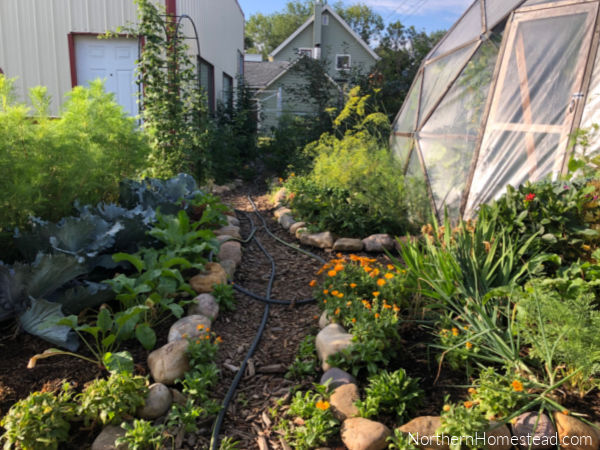
The soil is a living organism that you can support but not control. It has to be alive to bring food. There are many techniques for that, and we cover lots of them in soil preparation posts. But first and foremost love your soil. Let it do the work. Support it, and encourage it. Plants want to grow. Nature is always abundant.
Go into your garden, ask what it needs, be still and listen.
Be grateful for whatever grows there, even if it might be mostly weeds. Weeds can tell you lots about your garden needs. Try it, the garden is alive and your positive, grateful energy can make a huge difference.
Examine the failure
Not everything that looks like failure is a failure. Homegrown organic greens and vegetables are not comparable to the perfect hybrid version at the supermarket.
In a natural garden tomatoes might split, greens might have holes in the leaves, and cauliflower might not be white. All of it does not do any harm to the taste or nutritional value of the produce.
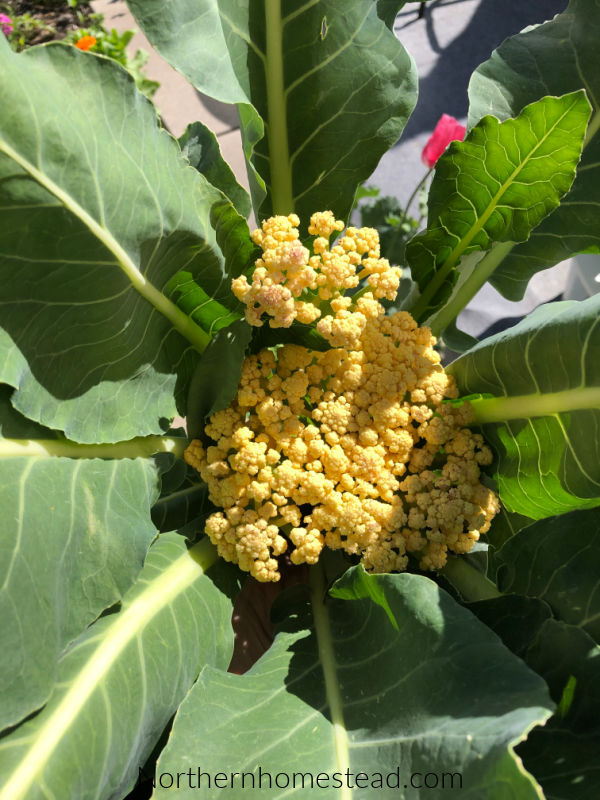
Early in the season, you might see little fruit on your squash wilting or browning. It’s a pollination matter. If a fruit is not properly pollinated it will fall off. Hence, you see again how important those little workers are in our garden.
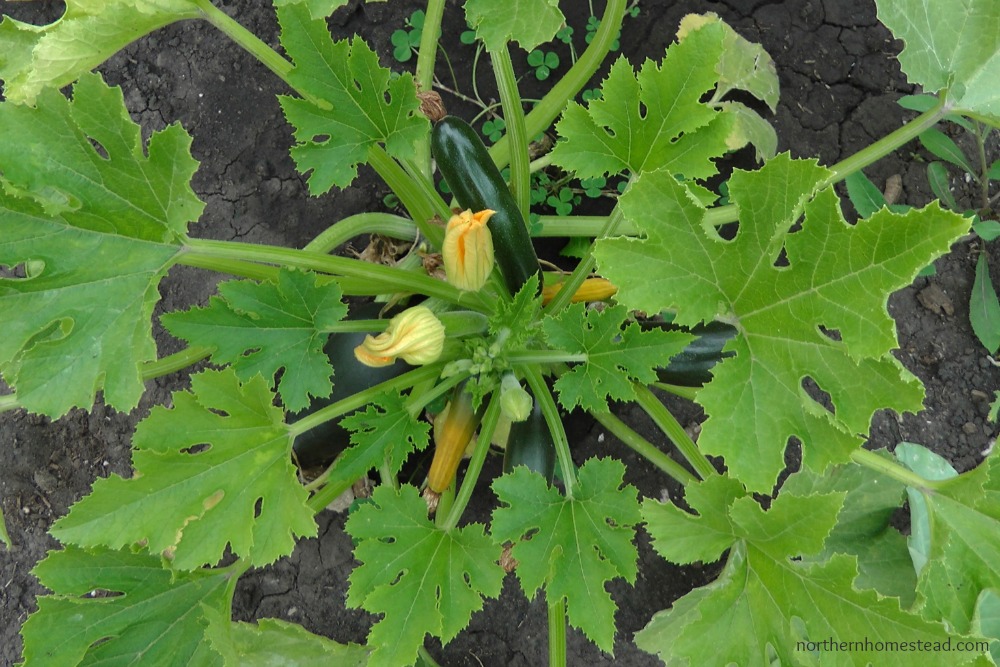
Be realistic, celebrate success, wash off some bugs, and enjoy the harvest.
Make notes
A gardening notebook is very important. If a plant failed, you want to make notes on what happened so that you can learn from it but not dwell on failure. It can be a gardening notebook, an online journal, pictures, or videos on your device, or whatever is convenient for you.
One of the reasons we started this blog was to keep track of what we grow as a gardening journal. We put ourselves out there, so we can learn to grow, and also you can benefit from it.
Things that you want to take note of:
- What variety did or did not do well. Not all tomatoes, cucumbers, carrots, etc. are the same. Some varieties are better than others for the climate you live in. And some even better for your specific soil than others. And there is also personal preference, we all have different tastes.
- The location of a plant that failed. Location can make all the difference. If you grow a heat-loving plant in partial shade or a cool-weather crop in the full afternoon sun, both will not do well and you might get the impression you can’t grow anything. Not true, these plants just need to switch locations.
- The timing of planting and harvesting. Again, if a cool weather plant is planted too late or a warm-weather plant too early, you might get some problems. That’s why we do not follow the general planting time rule.
- Soil quality. Does it need some improvement, compost, mulch, moisture? Not all compost or mulch is the same. Make notes on what compost or mulch worked better for you.
- Topographical features, where is a slope, wet or dry spots. Read more in microclimates in a northern garden.
Replant and continue to grow
We grow a garden for food, and also for fun, pleasure, and achievement. So if something does not grow it gets replaced with something that does. Yes, pruning shears and the composting bin can be my best friends in order to obtain a beautiful and productive garden. In most cases, we do not try to save the plant at any cost, but rather take it out and plant a new one.
If a plant fails at the beginning of the growing season it simply can be replanted with something that might do better in that spot. For example, if most of my broccoli fails due to a dry warm spring; the plants start flowering before forming a head, we take them out and replant them with something else. It is good to have seedlings ready to be planted.
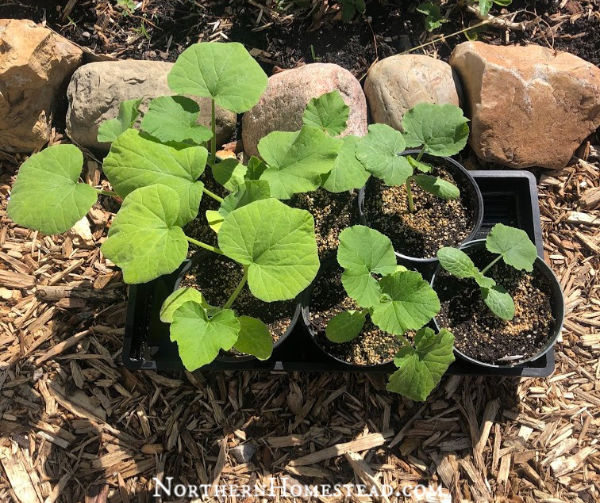
If a plant fails in the middle of a growing season there is still time to replace it with a plant that is good at any stage. Baby carrots, beets, onions, and even potatoes make great replacement plants. They will not mature, but that is okay since all of these plants are great at any stage.
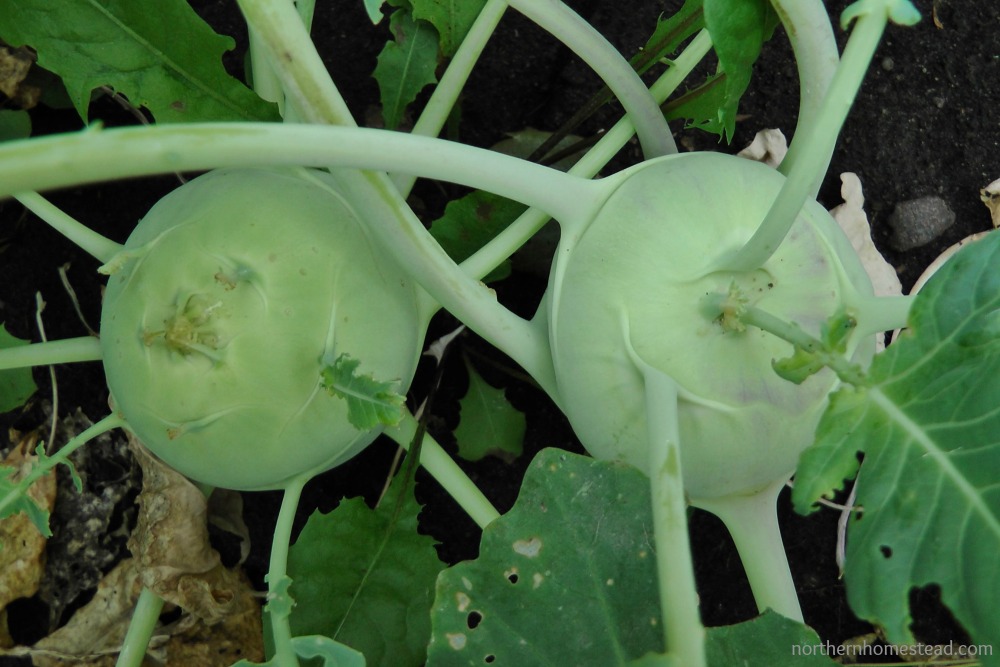
Kohlrabi is one of my favorite plants to plant if space becomes available. It’s a very hardy plant, so an early frost will not kill it.
In the second half of a growing season, space can still be used for new growth. Spinach is my favorite if space becomes available. It will grow till the frost and will continue to grow in early spring, giving us very early greens. Radishes, Tom Thumb peas, or anything that matures fast can also be planted. Read also planting a fall garden in a northern garden.
As you see, there are options if plants fail to grow in the garden. As the years go by, one would think that we have fewer and fewer failures. True, we usually do not repeat the same mistakes too many times, but we constantly push our limits and that often results in more failed plants.
So let us encourage you to keep on growing, especially if a plant fails to grow.
We invite you to subscribe to Northern Homestead and follow us on Instagram, Facebook, or Pinterest for the latest update.

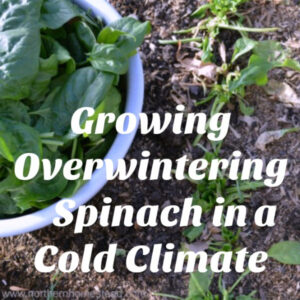
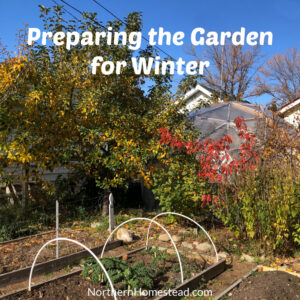
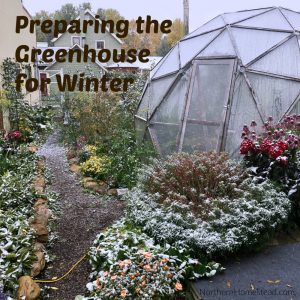

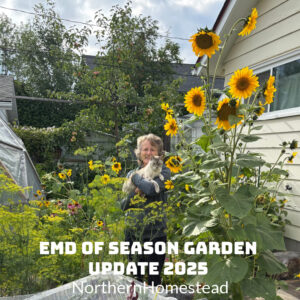
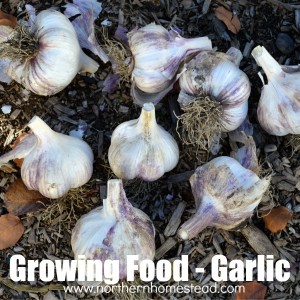
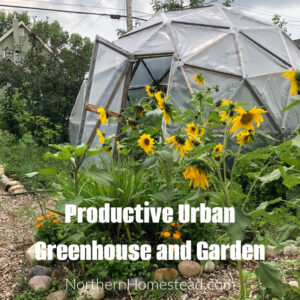
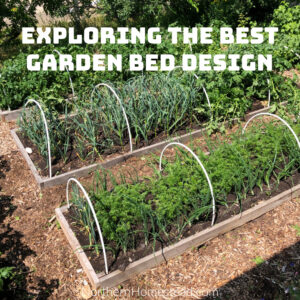
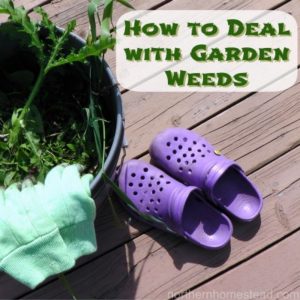
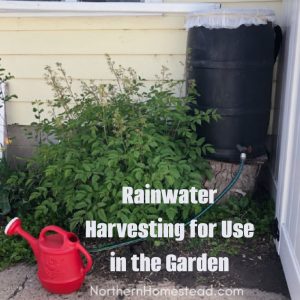

Thank you for this post! I’ve been feeling discouraged about all my gardening failures, and it’s good to hear that I’m not the only one! This year I visited a garden centre that was giving away all of their bedding plants, so I filled in lots of bare spots with flowers.
Glad to be of some encouragement. Thank you for sharing, flowers are great for filling into bare spots. I need to remember this and plant some flowers.
Try the back to Garden of Eden method for growing plants . It is super easy and best way to grow .
You right sheet mulching is a great way to garden. All our garden is mulched with wood chips, it sure helps but it is not magical.
My garden was always very hard so that you could hardly hoe it. We had moles or maybe voles in our garden for 2 yrs. I think we are rid if them now, but these night creatures worked the ground so that it was no longer so hard. I didn’t realize their benefit until this year. I have seen no evidence. What you said about slugs, ants etc, may be true for underground creatures as well. All benefit.
Thank you for sharing this, Tilly! We often miss the little things and carelessly want to control everything.
Thanks so much for this article. As a child I used to love gardening and the land gave fewer problems. I was almost giving up until I read this piece today. My patch of land is highly clayey and full of ants. I now understand why they are there.
Clay soil is a challenge, don’t fight it, just build a garden on top of it. There are so many great options, a raised bed, a lasagna garden, hugel bed … Find the one that works for you and gardening will be a joy again.
Thank you for this encouragement and info Anna. Am still trying to help balance out the garden, and learning what to do. Those lovely cauliflower leaves in your post can make delicious dried chips. Use instead of kale. They are less crumbly and very delicious and nutritious and less waste of crop. No one will guess what they are! Try it and let me know what you think..,,,You’re welcome! 🙂
Oh, that’s a great tip, thank you! I will try that, we love kale chips and I do not like throwing out sooo much plant material.